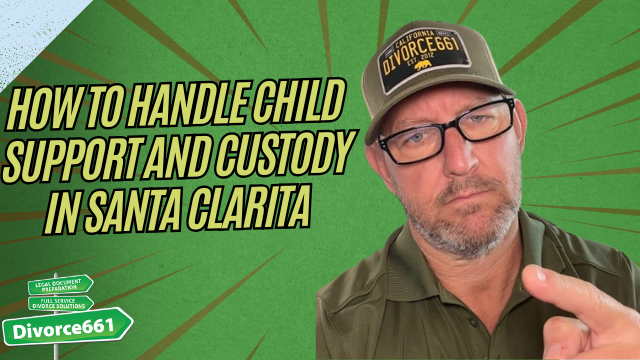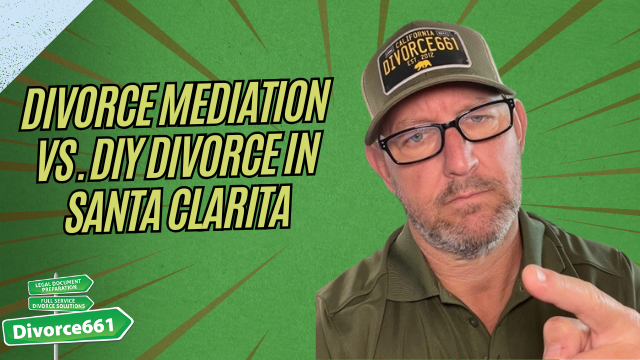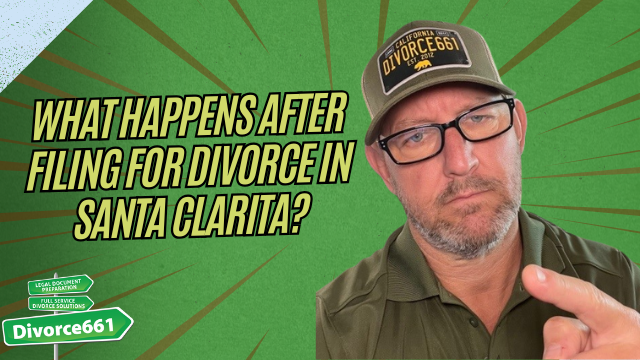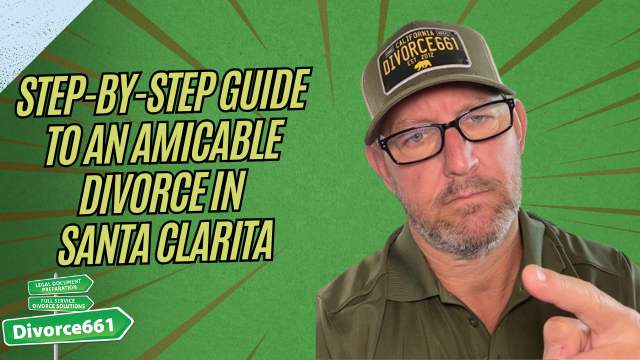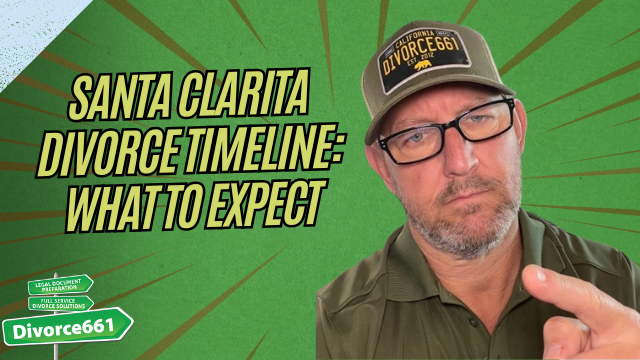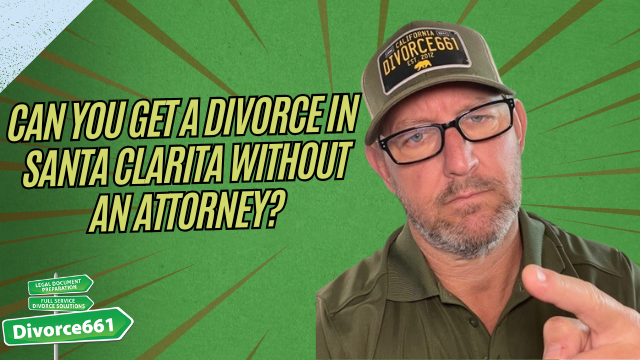Filing for Divorce in Santa Clarita: Do’s and Don’ts
Filing for divorce can feel overwhelming, but many delays and rejections are avoidable. With the Los Angeles County courts being strict, even small errors on forms or incorrect service can stall your case for months. Here is a practical guide to help you file correctly the first time, move your case forward, and reduce stress.
Why accuracy matters
Los Angeles County will reject incomplete or inaccurate paperwork. Generic online forms or rushed submissions are common causes of rejection. Accuracy is not optional. It keeps your divorce process on track and reduces avoidable delays.
Accuracy is key to keeping your divorce process on track and stress free.
Top mistakes to avoid
- Using generic, non court approved forms. These often lack required fields or formatting and can trigger rejection.
- Rushing through the paperwork. Small errors in dates, signatures, or court codes can cause a denial.
- Improper service of process. Failure to serve correctly will prevent the case from progressing.
- Assuming court appearances are always required. For uncontested divorces, you can often complete the process remotely if everything is in order.
How to serve divorce papers correctly
Proper service is a crucial legal step. If service is handled incorrectly, the case will be delayed or dismissed.
When your spouse is cooperative
If your spouse is amicable and willing to accept service, use a Notice of Acknowledgement and Receipt. This document confirms they received the papers and can save time and expense.
When your spouse is not cooperative
For contentious situations hire a qualified process server. A professional ensures the documents are delivered according to California rules and that the service is properly documented for the court.
Uncontested divorces can often be completed remotely
If both parties agree on the terms, you usually do not need to appear in court. Remote filings are available and save time and stress, but only if the paperwork is complete and correctly served.
Real client example
We recently helped a Santa Clarita client whose filings had been rejected twice due to minor errors. After carefully correcting every detail and resubmitting, the court approved the divorce within a week. That saved months of frustration and highlighted how small corrections can make a big difference.
Checklist: Do’s and Don’ts when filing in Santa Clarita
- Do use court approved and up to date forms for Los Angeles County.
- Do double check names, dates, addresses, and signatures before filing.
- Do confirm service rules and document service properly.
- Do consider professional help to avoid avoidable rejections and delays.
- Do not rely on generic online templates without verification.
- Do not assume service was completed without proof.
- Do not wait to fix rejected paperwork. Prompt correction speeds resolution.
How professional help can save you time and stress
Working with a specialized divorce service ensures forms are accurate, service is correct, and your case is handled from start to finish. Professionals catch small errors that courts reject, help you choose the correct service method, and guide you through remote filing when eligible.
Next steps
If you are ready to file for divorce in Santa Clarita and want to avoid unnecessary delays, start by checking your forms for completeness and accuracy. If you want expert help, schedule a free consultation. A review by a professional can prevent rejections and move your case forward quickly.
Visit divorce661.com to schedule a free consultation or to learn more about remote uncontested divorces in California.

